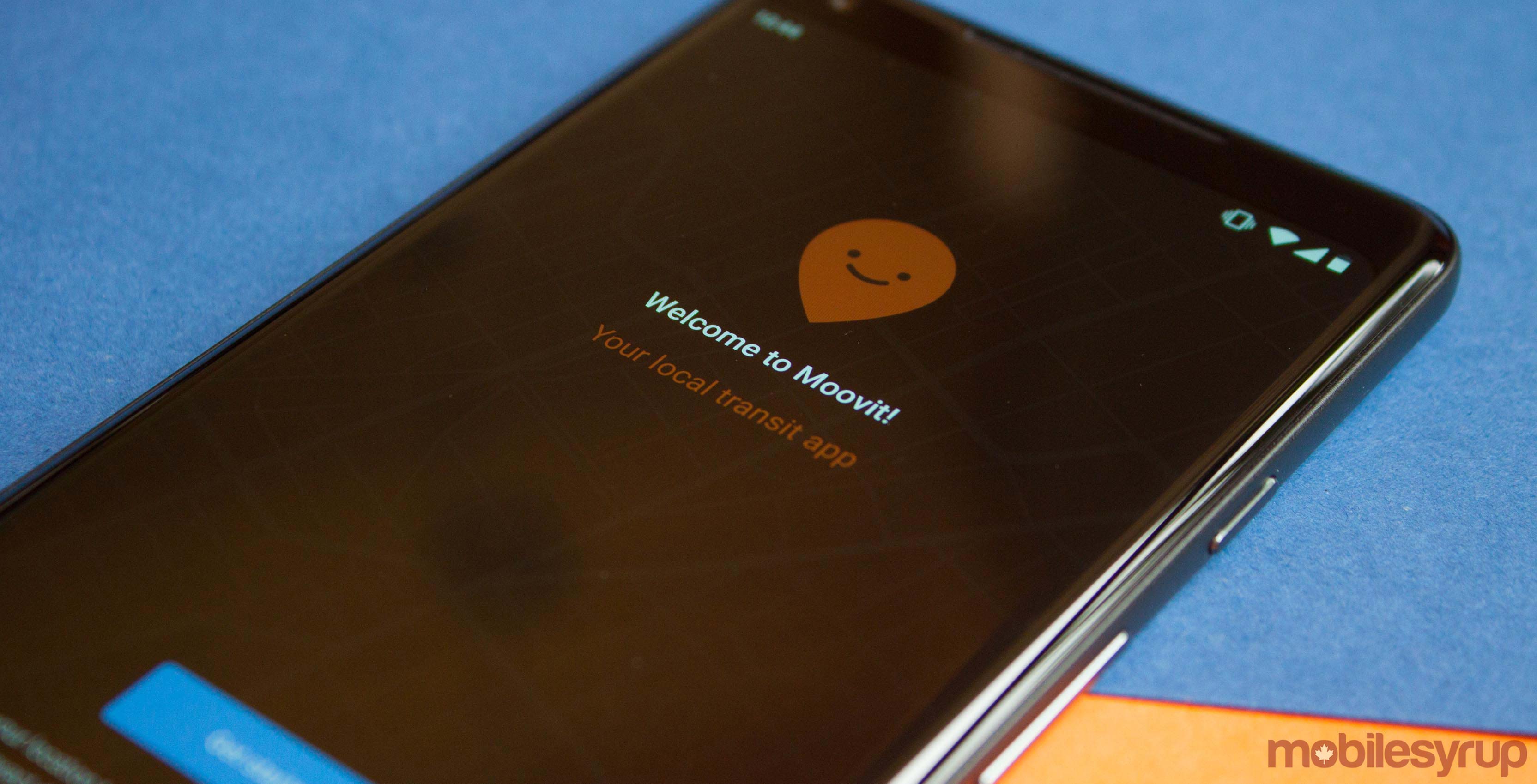
Moovit has detailed the history of how its transit app has gone on to become a navigation tool for those with disabilities.
In a post on partner Microsoft’s blog, Moovit notes that its accessibility work “began in earnest” in 2015. At that time, the company and other developer partners met a focus group of visually- and hearing-impaired people to see how they used their apps.
According to Moovit chief growth and marketing officer Yovav Meydad, the company received a lot of feedback, with optimization for the mobile screen readers TalkBack on Android and VoiceOver on iOS being a recurring request.
In addition to the optimization, the team also made sure every screen was tweaked with accessibility in mind. Specifically, the team added useful labels where necessary and condensed travel data like routes, trip duration and entry and exit stops into clear sentences for audio.
Meanwhile, Moovit redesigned menus and buttons for easier use with one hand, particularly on larger phones, and clearer identification of colour-coded transit systems for colourblind users.
Additionally, Moovit uses live audio navigation to help those with intellectual disabilities who need alerts for updates like when a bus is coming, when to transfer and when to get off. In the blog post, Ontario’s own Community Living Toronto is specifically mentioned as a disability support organization that uses Moovit for these audio features in its Discover My Route app.
Further, Moovit has asked its 550,000 local map contributors to identify wheelchair-accessible stations in their cities. This enabled Moovit to add a feature that only displays routes with stations with ramps and elevators. Microsoft has also partnered with Moovit to offer its cloud-based Azure Maps to give them greater mapping tools.
Moovit can be downloaded for free on Android and iOS.
Source: Microsoft


